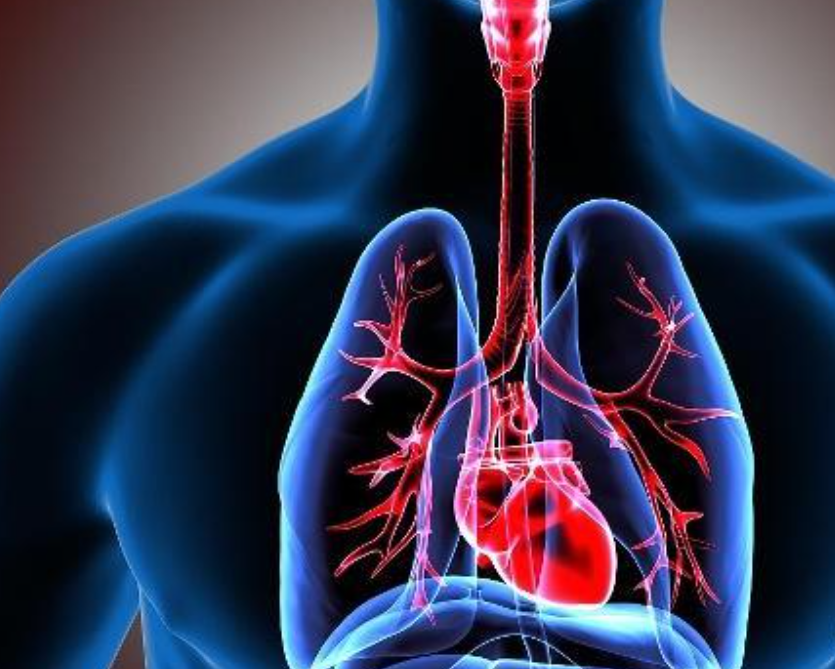
- Primary cardiomyopathy
Primary cardiomyopathy refers to a type of heart disease whose cause is not well understood, causing the heart to enlarge and eventually develop into heart failure.
Generally speaking, cardiomyopathy refers to primary cardiomyopathy.
It is classified according to etiology and pathology and is divided into three types:
(1) Dilated cardiomyopathy is characterized by ventricular dilation.
Congestive heart failure often occurs, so it is also called congestive cardiomyopathy. The most common, accounting for 70% to 80% of cardiomyopathy.
(2) Hypertrophic cardiomyopathy is characterized by ventricular hypertrophy. Because many patients have asymmetric septal hypertrophy resulting in ventricular outflow tract obstruction, it used to be called obstructive cardiomyopathy. In fact, some patients have myocardial hypertrophy but do not cause obstruction. This type accounts for 10% to 20%.
(3) Restricted cardiomyopathy is characterized by endocardial scarring, and the ventricular cavity may be blocked.
In the past, restricted cardiomyopathy occurred in patients with myocardial scar formation without hypertrophy. Occlusive cardiomyopathy is caused by fibrous hyperplasia and mural thrombosis, and these two conditions are now combined into restrictive cardiomyopathy.
Patients who cannot be classified into the above types, have mild abnormalities, progression or non-progression to significant cardiomyopathy, are included in "undefined cardiomyopathy" or "occult cardiomyopathy."
- Secondary cardiomyopathy
Secondary cardiomyopathy, also known as "specific cardiomyopathy," refers to changes in the heart muscle that occur from a known cause or after another disease.
The clinical manifestations of cardiomyopathy caused by different causes are slightly different.
- Dilated cardiomyopathy
Most of them are middle-aged. Onset is slow, sometimes up to 10 years or more. The main symptoms were congestive heart failure, of which shortness of breath and edema were the most common.
Initially shortness of breath after work or fatigue, and later shortness of breath during light activity or rest, or paroxysmal dyspnea at night. Patients often experience fatigue.
Physical examination showed that the heart rate increased, the apex beat shifted to the left and down, there could be lifting beats, the heart dullness boundary expanded to the left, the third or fourth tone could often be heard, and the heart rate was running fast.
Due to the enlargement of the heart cavity, there may be a relative mitral or tricuspid valve insufficiency caused by systolic blowing accentuated, this accentuated with improvement of heart function. In advanced cases, blood pressure is reduced, pulse pressure is low, and diastolic blood pressure may be slightly increased in the presence of heart failure. The presence of alternate pulses indicates left heart failure. The pulse is often weak.
Heart failure can have crackles in both lungs.
In right heart failure, the liver is enlarged and edema starts from the lower extremities. In the late stage, there may be chest and abdominal effusion, and various arrhythmias appear. High atrioventricular block, ventricular fibrillation and sinus block may lead to A-S syndrome, which becomes one of the causes of death. In addition, there may be brain, kidney, lung and other places of embolism.
- Hypertrophic cardiomyopathy
There may be no symptoms, or there may be palpitations, exertional dyspnea, pain in the precardiac area, easy fatigue, syncope and even sudden death, and late left heart failure.
The left margin of the sternum in patients with obstructive hypermyocardium may show rough mid-late systolic spray murmurs, accompanied by tremors. The murmurs are enhanced after digitalis, nitroglycerin, isoproterenol and Valsalva, whereas the murmurs are reduced when beta blockers, norepinephrine and squatting are applied. Some patients have heard S3 and S4 heart sounds and relative apical mitral insufficiency systolic murmurs.
- Restrictive cardiomyopathy
Fatigue, dyspnea, and decreased exercise endurance are common complaints of restrictive cardiomyopathy. In severe cases, edema, sitting respiration, liver enlargement, oliguria, ascites, and digestive tract congestion may also occur.
Physical examination showed low blood pressure, low pulse pressure, jugular vein irritation, and positive Kussmaul sign (increased venous pressure during inhalation).
Extended cardiac dullness, arrhythmia, third and fourth heart sounds. When combined with secondary and tricuspid valve insufficiency, a secondary and tricuspid systolic regurgitant murmur is often heard. Moist rales can be heard in both lungs. The liver is enlarged, sometimes with ascites. Edema of both lower limbs.

